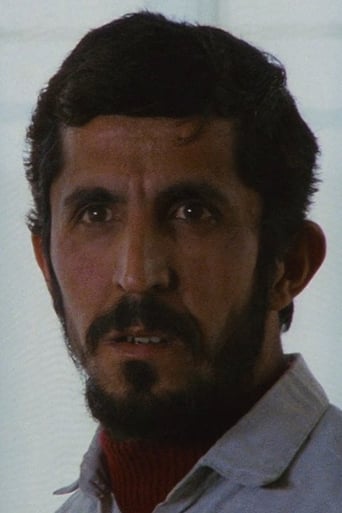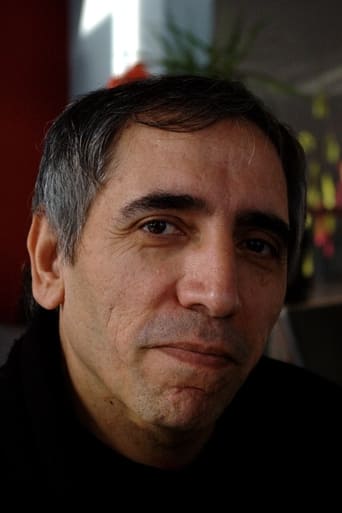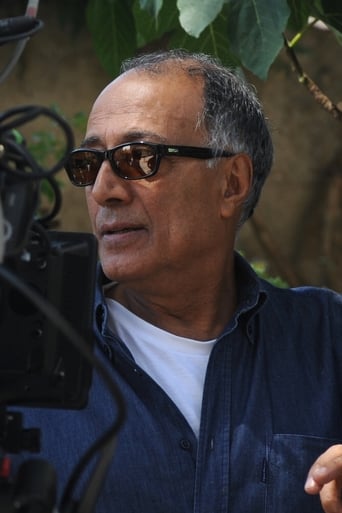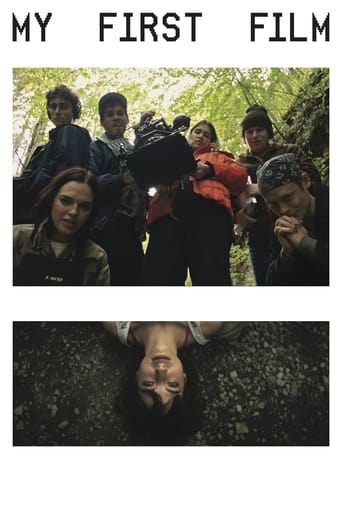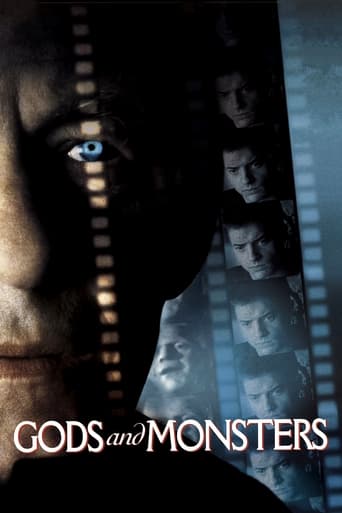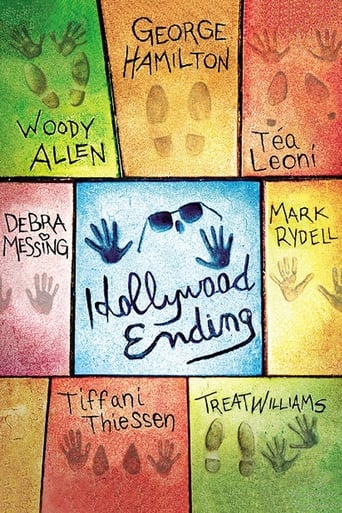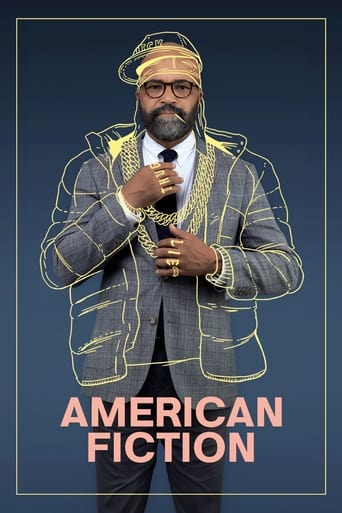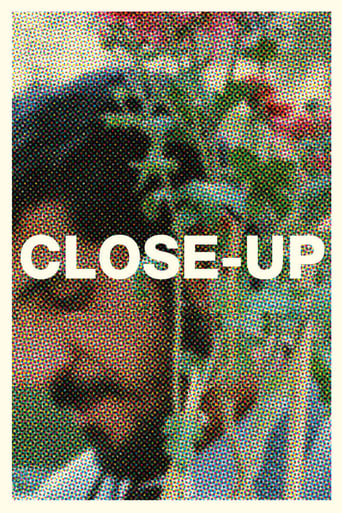
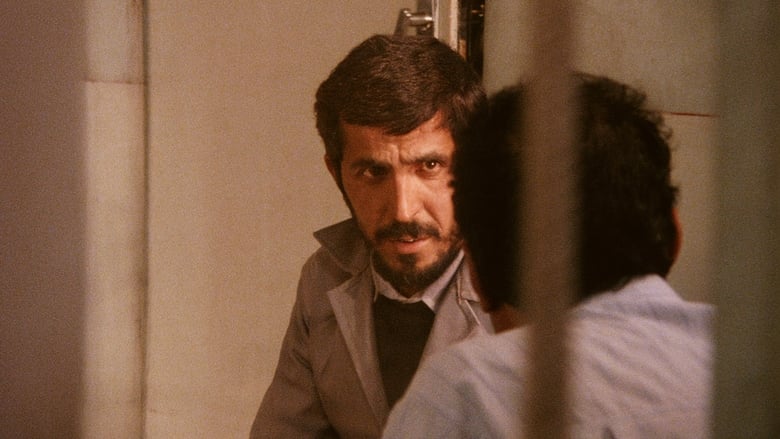
Close-Up (1999)
This fiction-documentary hybrid uses a sensational real-life event—the arrest of a young man on charges that he fraudulently impersonated the well-known filmmaker Mohsen Makhmalbaf—as the basis for a stunning, multilayered investigation into movies, identity, artistic creation, and existence, in which the real people from the case play themselves.
Watch Trailer
Cast


Similar titles
Reviews
The Iranian film Nema-ye Nazdik was shown in the U.S. with the title Close-Up (1990). It was written and directed by Abbas Kiarostami, who also appears in the film.Close-Up is an very unusual movie. It's based upon a real event--a man named Hossain Sabzian convinces a wealthy family that he is Mohsen Makhmalbaf, another Iranian filmmaker. Kiarostami recreates the original deception, using Sabzian and the family as actors in their own drama. Eventually, the film shifts into real time, at Sabzian's trial and after. Not only is Kiarostami permitted to film the trial, but he's permitted to take part in it! (As Kiarostami has said, "Things that are possible everywhere else are impossible in Iran. Things that are impossible everywhere else are possible in Iran.)Kiarostami is a genius, and there are many examples of his incredible skill throughout the movie. Often, Kiarostami turns his camera on events that are at the periphery of the action, rather than at the center. For example, in the beginning of the movie, a journalist and two policemen travel by taxi to the home of the wealthy family. When they get there, there's all kinds of discussion about who should go inside, who should stay hidden, etc. Finally, all three men go into the house where, obviously, something important is going to happen.Any other director would take his camera into the house to film the action. Not Kiarostami. We're left outside with the taxi driver. The family's gardener has swept cuttings and brush into a pile on the street. The taxi driver leaves his cab to pick through the cuttings in search of flowers. Along with the flowers, he finds an empty spray can. He sends it into the street where we watch it roll and bounce downhill. Suddenly you realize, "There's action going on inside the house, and we're not seeing it." However, until that dawns on you, you've really become interested in whether the can will roll all the way down the street to the bottom, or whether it will be hung up on debris or at the curb. Kiarostami is saying to us, "Many things are happening simultaneously. This is the thing I've chose to show you. Isn't it interesting?"The movie wouldn't work if Sabzian weren't such an unusual and fascinating character. Much is made in the movie about why he entered into this deception. He wasn't trying to steal from or cheat the family. He just wanted to fool them, which he did.I think his motivation is obvious. Outside the walls of the family's home he's just a poor, inconsequential person who is barely managing to get by. Inside the walls he's a wealthy, prestigious director. Which would you rather be?We saw the film on DVD, and it worked well. It's a fascinating movie. Seek it out and watch it!
The only other Kiarostami film I've seen is Taste Of Cherry which I found quite moving with its minimalist style but it didn't make a big impression. Close-Up is not only regarded as Kiarostami's best but also acclaimed enough to be ranked among timeless classics in They Shoot Pictures, Don't They's top 100. I was intrigued as to how his subtle style could make something that good. While I can't quite call Close-Up as good as certain classics, it definitely has some fascinating ideas that have lingered with me. It's a strange film where its power isn't in a punch and its impact sits with you at the same strength. But its power isn't concise images or thoughts but in its mystery. With perhaps more than half of the film re-enacted rather than documentary footage, it never elaborates which is which and leaves it to interpretation.Some are obvious, such as the documentary trial scenes but some lie in the grey area where it's uncertain whether it's genuine or not. But with that question it reveals a larger question - is anything really genuine in front of the camera? What is real and what isn't real? One of the things it doesn't leave a mystery is the idea of the power of the director. It's really moving how its subject commits a crime to pretend to be a director just for the power, especially as I'd one day like to become a director. That aspect had a profound effect on me. But then it raises questions about Kiarostami's own role in the film when he's on screen and the power it displays. This is definitely a film that will sit with me for a long time before I make up my mind, especially as it asks more questions than gives answers.8/10
It was a familiar title in the book 1001 Movies You Must See Before You Die, but it suggested many ideas to me as to what it would be about, I had no idea it was a real life story, but not a documentary, and not a fictionalised version of events, but a combination of both. Basically director Abbas Kiarostami (also appearing in the film) brings together all those involved in the case of Hossain Sabzian, who was charged with impersonating a film director Iranian director Mohsen Makhmalbaf (Gabbeh, The Cyclist) and entering the home of the Ahankhah family, visiting numerous times pretending to be interested in making a film in their house. He even managed to talk members of the family into letting him "borrow" money to "prepare for his film"; he was only caught out when a photograph of the real Makhmalbaf was spotted in a magazine, and a journalist/reporter (Hossain Farazmand) confirms he is an impostor. The footage of the film consists of the real people, playing themselves obviously, re-enacting what they all did in this situation, and the court case, but these scenes are not in chronological order. Also starring Mohsen Makhmalbaf, Abolfazl Ahankhah – father, Mehrdad Ahankhah – son, Monoochehr Ahankhah – son, Mahrokh Ahankhah – daughter, Nayer Mohseni Zonoozi – daughter, Ahmad Reza Moayed Mohseni - family friend and Haj Ali Reza Ahmadi – Judge. The concept of using the real people to play themselves in a nearly fictionalised re-enacting of what they all did in the real situation is quite clever, it is rare that the real people appear acting, especially playing themselves on screen, only United 93 comes to mind, so it I supposed adds realism as well as unusual mischievousness, an interesting experimental documentary drama. Good!
Although this film was made almost two decades ago, there is an odd feeling one gets while watching Sabzuian, for he looks very much like Iran's current wacko President, Mahmoud Ahmadinejad, although he is antipodal from that man in nature and demeanor. Not that this was apparent at the time, wgen Sabzian had his moment in the sun, and the President was a nobody, but it emphasizes just how human a character Sabzian is. Sabzian, incidentally, is easily the best 'actor' in the film; the others (especially the rich family members, seem amateurs, which adds to the 'realism' as well as highlighting the dissonance between the real and near real. Closeup occupies an odd spot in a pantheon of films that includes the whole of Michael Moore's quasi-documentaries, as well as Orson Welles' brilliant F For Fake. Yet, this film feels 'realer,' and all the credit must go to Kiarostami for, technically, the film is shot very simply and plainly- no fancy shots nor editing by cinematographer Ali Reza Zarrin-Dast. Just the facts, and its what Kiarostami includes and excludes that makes this film, rather than breaks it. And, in a case of what may be 'poetic justice,' the film worshipping Sabzian actually does become the star of his own film- not one he made- as he dreamt of doing, but one which was made about him and his dream's destruction.Ultimately, the film plays out like one of those old nested folk dolls within a folk doll, within a folk doll, etc. in that films led to a real life situation which led to another real life experience which led to a film. It is not quite a great film, but far closer to it than one might conceive such a bare bones film, with such a simple premise, could archive. And all the credit for this must go to Kiarostami- a man whose art clearly is a synergy of lesser things. It will be interesting to see just how high his work can reach, if he was just able to get a bit more to work with. Close-Up is a film any lover of cinema should see, and even those who are vapid, because Hossain Sabzian is likely the best mirror those sorts will ever get.


